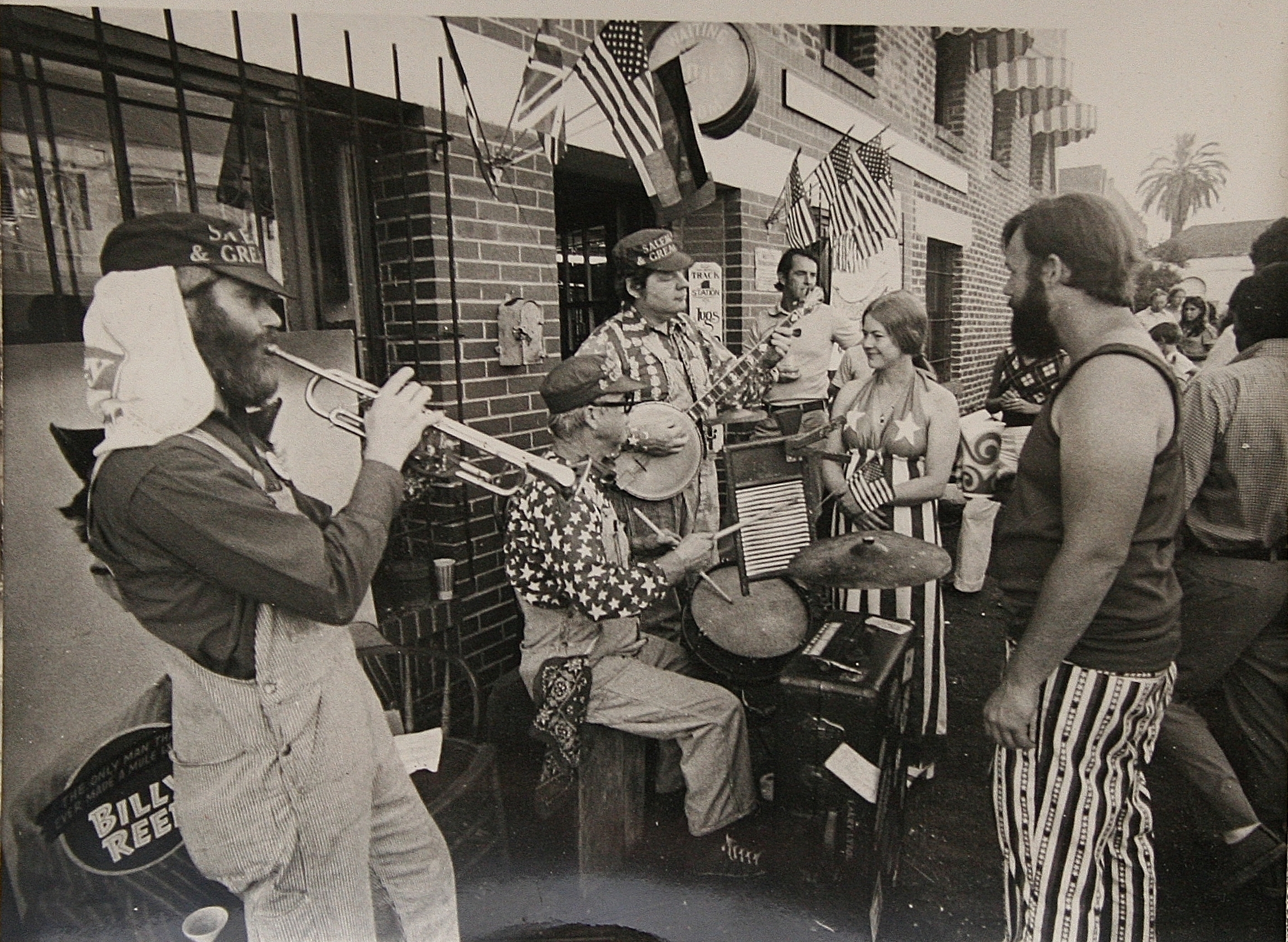Twentieth Century Ophicleide
Most of those who know what an ophicleide is, know that it was invented before 1820 and had its heyday was the second quarter of the nineteenth century. By the 1850s, bass instruments with valves were considered superior and easier to play but the ophicleide was not so easy to kill off. It continued to be used in opera and other theater orchestras as well as certain amateur situations such as playing along with church choirs. There were players who had devoted themselves to the instrument and had no reason to learn to play valved instruments, but it disappeared from most brass bands by that time. Sam Hughes, in London, continued to solo on the ophicleide well into the 1890s, most notably at the Prominade concerts, Covent Garden.
Surprisingly, at least two French makers continued to make them available in their catalogs into the twentieth century. They were Couesnon, who had taken over Gautrot, the most prolific maker of ophicleides and Ouvriers Reunis Association Generale (General Association of Re-united Workers), who made this instrument. Both this and another that I had restored years ago were made after 1900, based on the mention of the Paris Exhibition in the bell stamp. Couesnon is known to have made a pair of ophicleides after 1920 and were likely the last made until the revival of interest and a handful of replicas made in the last 30 years.
The keywork on these early twentieth century instruments is a little more sophisticated than the more commonly found instruments made earlier. The keys all pivot on longitudinal rods like the main keys on saxophones and the posts are all mounted on long rib plates that add stability to the mechanism. Also, compared with earlier instruments, the bore of this instrument is fairly large as are the tone holes. This aids in the evenness of the sound through out the range of the instrument. It is pitched in C with 10 keys and is 39 7/8" tall and the bell rim diameter is 9 1/8".
The last photo may seem out of place here, but it is related to the interesting local Los Angeles history of this ophicleide. It was acquired by musician, writer and actor Spencer Quinn in the mid-1960s and was still in very good original condition, only needing new pads to be playable. It was kept on hand to play such tunes as "Danny Boy" at "The Hock Shop", a Hollywood bar that was a bit of a Bohemian hang out for musicians and miscellaneous Hollywood denizens in those years. The last photo to the left shows Mr. Quinn on banjo with some friends performing outside of the bar. Thankfully, a photo of Quinn holding this ophicleide is preserved in the San Francisco Traditional Jazz Foundation Collection at the Stanford University Libraries.




